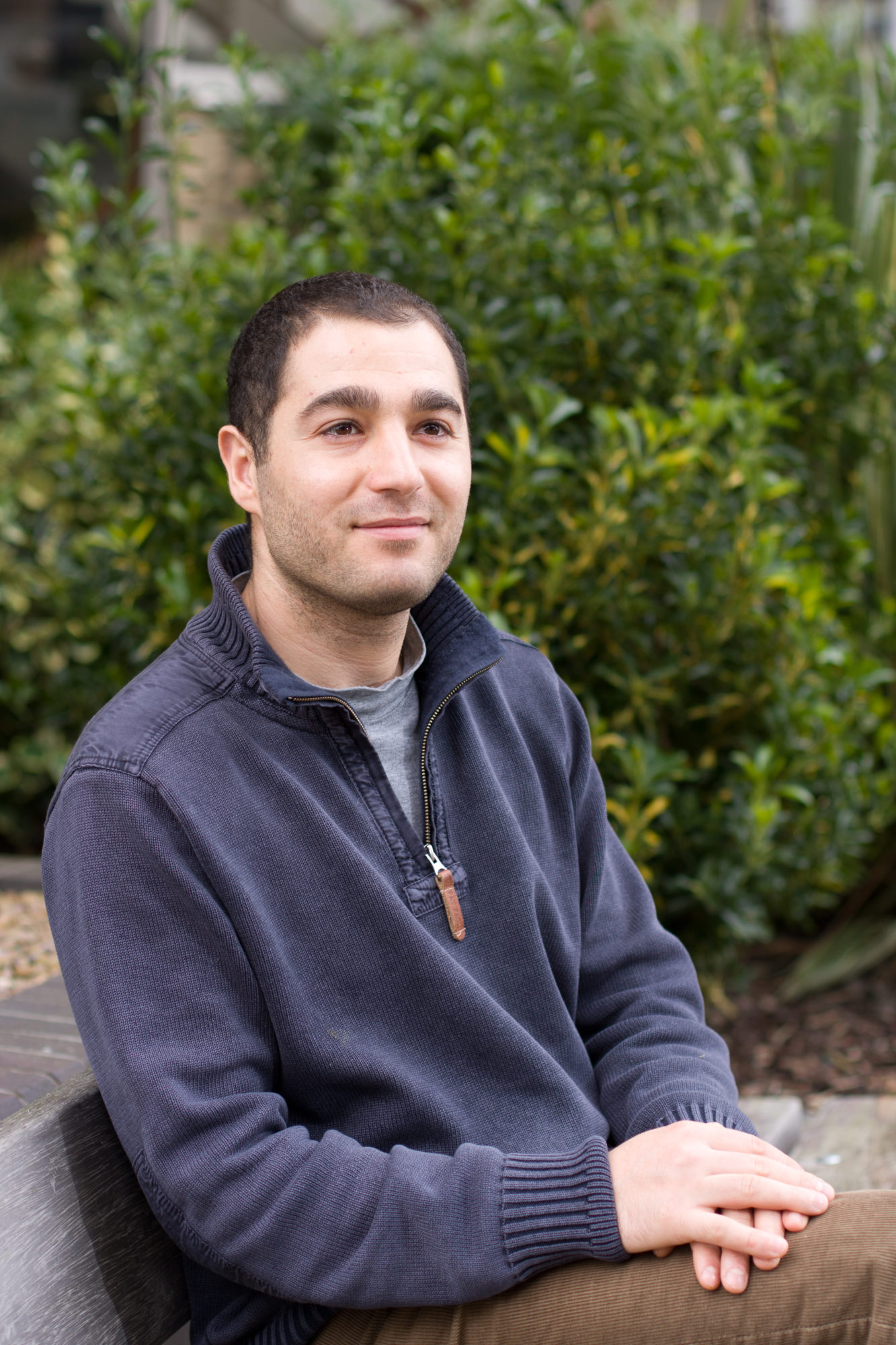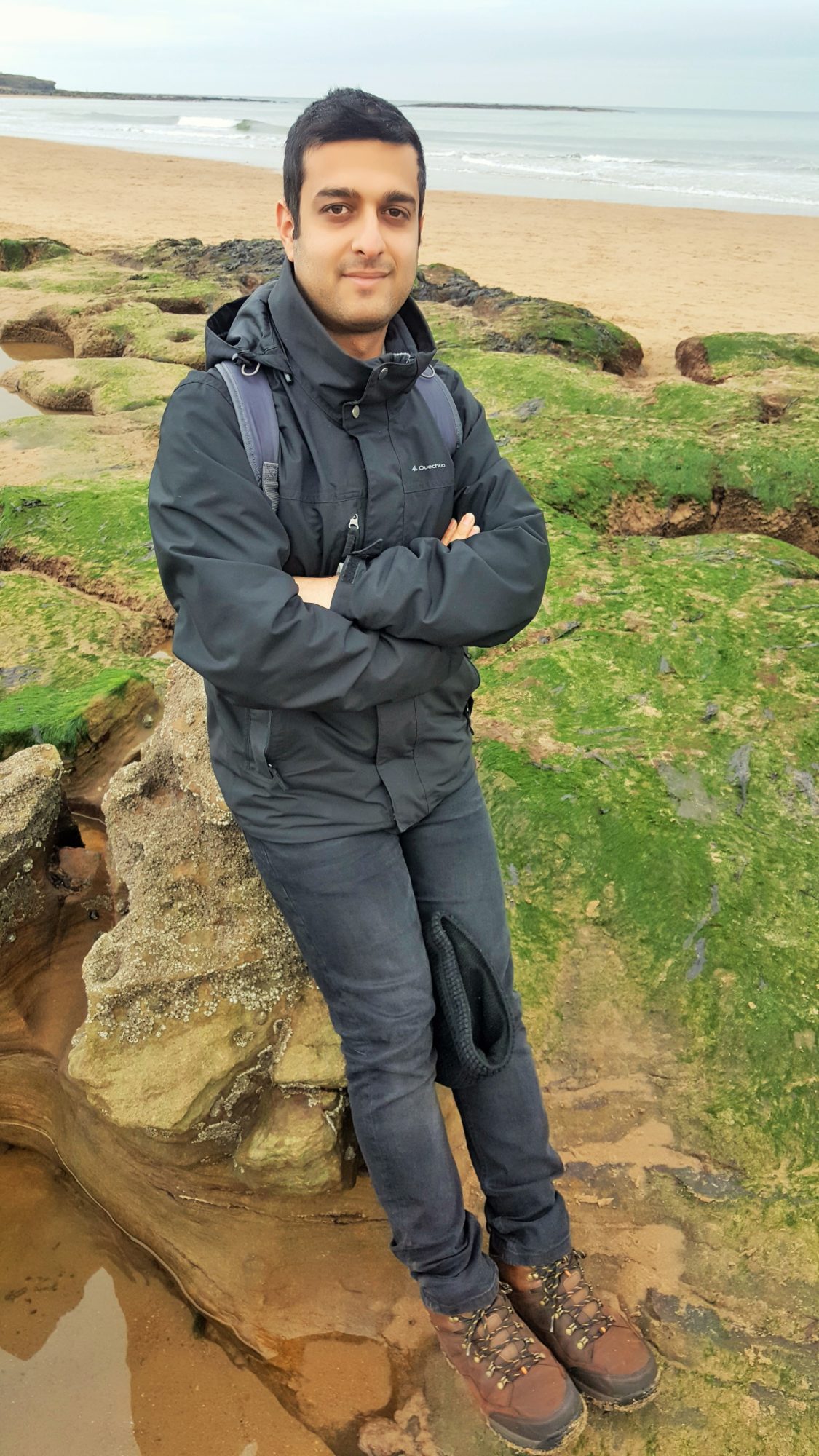Researchers at the University of Sheffield have developed a new flood-pedestrian simulator, from a collaborative research project across the Sheffield Water Research group and the Visual Computing group. The simulator allows microscopic modelling of individual people’s responses as they interact with flood water. It is useful to support flood risk management research and applications. For example, it can be used to evaluate the spatial and temporal changes in the flood risk state of people, as well as their mobility and stability during an urban flood incident (Shirvani et al. 2020b). It can also be used to evaluate options for an emergency intervention just within hours before a severe flooding, e.g. to identify the most appropriate geometrical properties of a flood-fighting barrier and the required number of staff for safe and robust deployment that minimise the flood hazard rate (Shirvani et al. 2020a). As a flexible agent-based simulator, it allows to realistically characterise individual people behaviours in floodwater, e.g. to integrate different physical body characteristics, walking/running speeds in water depending on the age and gender, and to even insert new attributes, features and vulnerability metrics to facilitate multidimensional flood-related studies.
How DAFNI has made a difference?
Flooding hazards are expected to keep disturbing people and their activities in urban areas, such as around Hillsborough football stadium as experienced in the Nov 2019 Sheffield floods (www.thesun.co.uk/sport/football/10303677/). The Flood-Pedestrian simulator provides a useful decision-making tool to better prepare communities for such flooding incidents. It would benefit both end-users, who wish to use it to support decision-making, and other multidisciplinary researchers to access and further develop advanced agent-based modelling tools to support flood resilience research over real case studies. DAFNI played an instrumental role to help us make the Flood-Pedestrian simulator available to the wider community and easy-to-use by non-experts users. After submitting an expression of interest to the DAFNI team, they promptly got back to us with a Pilot proposal that included a well-structured plan for porting the simulator to their compute facility, which was, fortunately, approved by DAFNI’s Governance Board. The process of porting the simulator to DAFNI was handled by a competent software engineer, Tom Gowland, who frequently communicated with us, which was impressively timely, smooth and stress-free. Upon project completion of the portability project, we were provided with a demonstration of how the simulator can be run from the user-friendly graphical interface of DAFNI. We are therefore very grateful for the portability support provided by DAFNI, and would also like to acknowledge the support of the UK Engineering and Physical Research Council (grant ID: EP/R007349/1).
Shirvani, G. Kesserwani, and P. Richmond (2020a). Agent-based modelling of pedestrian responses during flood emergency: mobility behavioural rules and implications for flood risk analysis. Journal of Hydroinformatics, 22: 1078–1092.
Shirvani, G. Kesserwani, and P. Richmond (2020b). Agent-based simulator of dynamic flood-people interactions. Journal of Flood Risk Management, Tentatively accepted.
Video of a simulation of a flooding event coupled dynamically with a model of pedestrian flow
More information available at these links:
SEAMLESS-WAVE list of activities
SEEMLESS-WAVE Flood-pedestrian simulator
Flood-People Simulator full technical document
The link will open a PDF document
Principal Investigators and Lead Researchers

Dr. Georges Kesserwani
EPSRC Research Fellow and Senior Lecturer, Department of Civil and Structural Engineering, at the University of Sheffield

Mohammad Shirvani
PhD student, Department of Civil and Structural Engineering, at the University of Sheffield

